Not long ago, when he’d rather be focused on his golf score, the numbers Don Ferris thought about most often were on a zero-to-10 pain scale.
He’d typically hover between an uncomfortable six and a far more punished seven.
The retiree from Kentwood, Michigan, can hardly remember when back pain first crept into his life.
“It started way back in my 20s,” he said. “With a pinched nerve.”
Like many who suffer from back pain, he decided to live with it. Working as a builder, he’d do his best to guard his back against further injury, often wearing a protective belt.
During more acute flare-ups, he sought occasional help from chiropractors. He even consulted with doctors.
“They said there was nothing they could do,” Ferris, 86, said.
With ice, heat and gritted teeth, he’d find ways to soldier through the crisis. Eventually, however, he decided to seek care at Spectrum Health Spine and Pain Management Program.
There, he began to get cortisone injections. They helped, but only a little.
“I might feel better for two weeks, but it would wear off,” Ferris said. “And I’d have to suffer the next few months until the next injection.”
Finding relief
Ferris’ provider suggested he consult with Yi Jia Chu, MD, a physician specializing in interventional spine and chronic pain management at Spectrum Health.
Dr. Chu told Ferris about the Vertiflex procedure, a minimally invasive treatment for lumbar spinal stenosis.
It involves inserting a spacer—about the size of a golf tee—through a tiny incision in the back. For Ferris, it would expand between his problem vertebrae, eliminating much of the pressure on his spinal nerves.
It could provide the relief he needed.
Ferris agreed to give it a try.
Dr. Chu performed the procedure in December at Spectrum Health Hospitals Surgery Center, on Lake Drive in Grand Rapids.
For the first time in decades, Ferris could move without pain.
“Almost immediately,” he said. “My pain went from a six to a one.”
Patient-specific solutions
The Vertiflex procedure treats a particular type of pain—mild to moderate lumbar spinal stenosis.
The spinal nerves run through a column created by all 33 spinal vertebrae. Ideally, Dr. Chu said, the nerves should be able to move freely within this protected space.
But age, degeneration and injury can narrow that space, creating pressure on the nerves. This causes spinal stenosis.
The condition sometimes expresses itself in straightforward back pain, but often it’s more complex.
“These patients may be able to sit just fine, with no pain,” Dr. Chu said. “But when they stand up or walk for any time, it gets very difficult.”
Many patients describe it as walking through quicksand, or an extreme heaviness in their legs.
“They’ll often lean over things, like a shopping cart, because a flexed or bent forward position slightly opens up their spinal canal.”
But as soon as they stand up straight, their back closes on the nerves. Blood doesn’t flow properly and they begin to experience a symptom called neurogenic claudication.
“They are unable to walk or stand for a prolonged period of time and get immediate relief when they sit down,” Dr. Chu said.
Other surgical procedures treat lumbar stenosis. These include laminectomy, the most common surgical approach, in which doctors remove the ligaments, bone or spurs that pressure nerves.
Spinal fusion is another option, reducing movement in the spine through hardware, such as rods and screws.
Those procedures are sometimes done together.
“It’s not that one approach is better than another,” Dr. Chu said. “It’s very patient-specific. But those surgical interventions are considerably more invasive, which means recovery can be considerably longer.”
By contrast, Vertiflex is minimally invasive.
After inserting the device through a thin tube, “we wedge it between the two vertebrae, with prongs touching each,” Dr. Chu said. “Then we deploy it by unscrewing it. It prevents the spine from moving into a fully extended position, thereby keeping the spinal canal as wide as possible.”
The 10-minute procedure—you can watch a video animation by the manufacturer—doesn’t even require general anesthesia.
“Patients can go home the same day,” Dr. Chu said.
The relief is often immediate—and amazing.
“If we block the extension successfully and size it correctly, you shouldn’t have any further closing down the spinal canal when you’re standing up,” Dr. Chu said.
An end to endless pain
While Dr. Chu said he’s delighted Ferris saw such good results, he points out that the pain relief came after decades of suffering.
While most people will experience back pain or a back injury in their lifetime, an estimated 13% of the U.S. population struggles with chronic back pain, which is pain that lasts 12 weeks or longer.
Spinal stenosis is especially common among older adults.
Yet most people with chronic pain wait up to nine years before seeking treatment. And they often spend years exploring one type of treatment, physical therapy or chronic pain management before turning to surgery.
“We’re often seen as the last resort,” Dr. Chu said.
He and his team are working to change that paradigm.
“If people can benefit from a minimally invasive treatment earlier, we want to help,” he said.
With an aging population, new approaches will become increasingly important. That’s because aging is inherently bad on the back.
“Unfortunately, that’s just the way it’s going to be,” Dr. Chu said. He estimates up to 80% of his patients are seeking relief from age-related degeneration.
“But we’re learning much more about prevention,” he said.
This can include physical therapy, improving core strength and engaging in weight-bearing exercises that help slow deterioration.
Ferris is certainly moving more. He’s happy to have his freedom back—and he’s more focused on his golf score these days, instead of numbers on the pain scale.
He recently underwent heart surgery for an unrelated condition, but he’s taking that in stride as he works his way back to full activity and a goal of 25 minutes of exercise each day.
He spends plenty of time working on model cars and trucks in his man cave. He and his wife of 62 years, Joyce, spend a lot of time with their many grandchildren.
“I do everything now,” Ferris said. “I can move really well. And it feels great.”

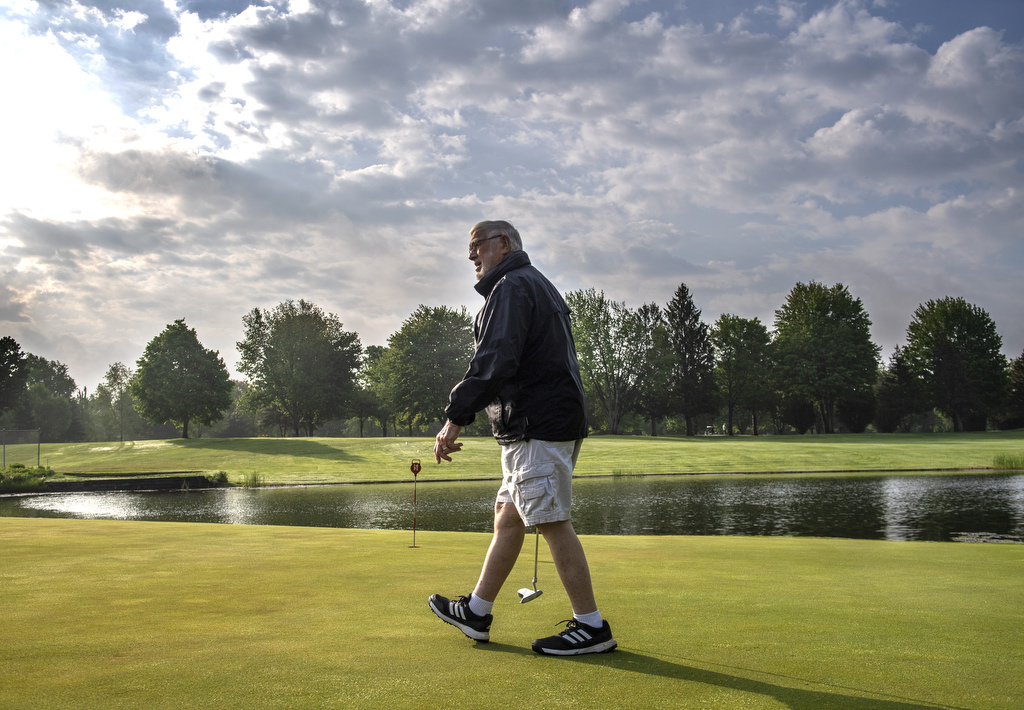


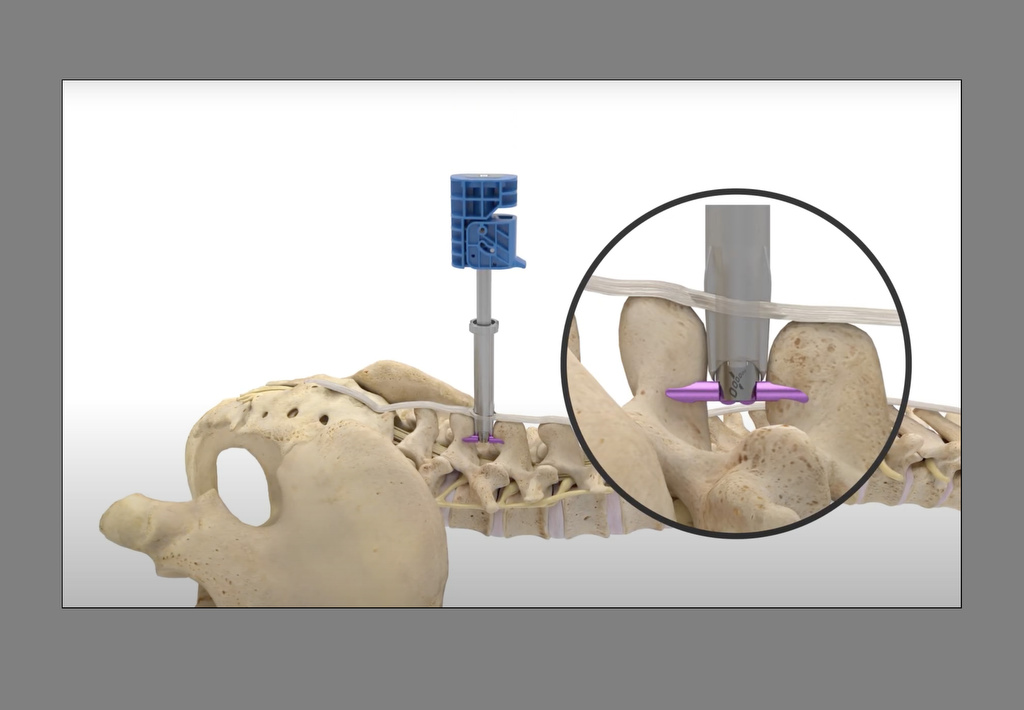
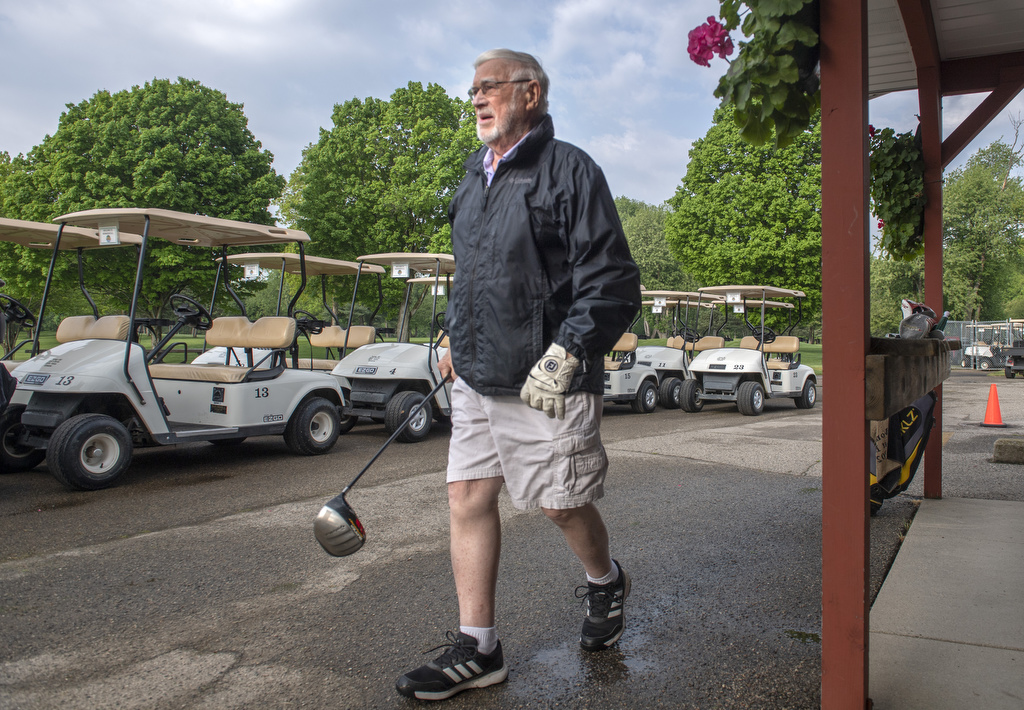
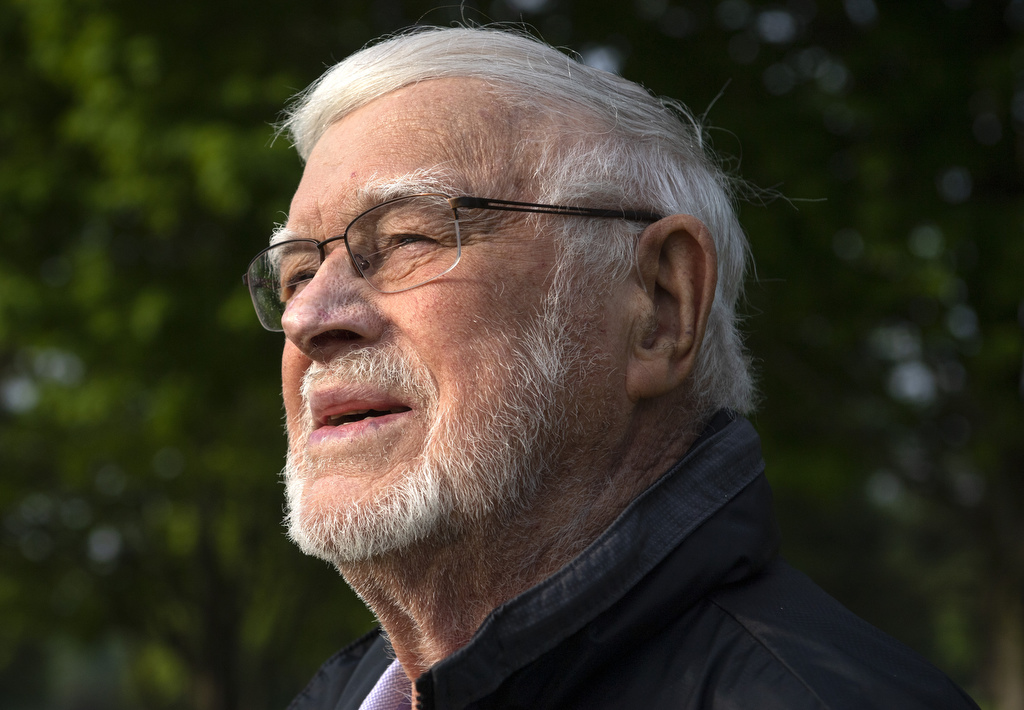





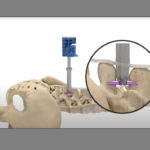



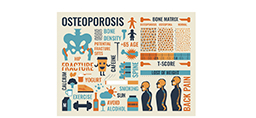 /a>
/a>
 /a>
/a>
 /a>
/a>
I have been diagnosed with spinal stenosis and other back issues! My pain is perfectly described here!!! Fine sitting.. standing brings big time back pain!